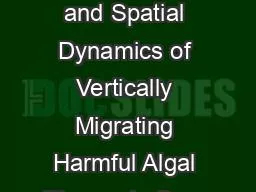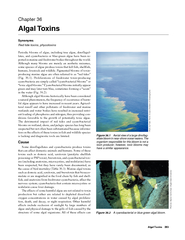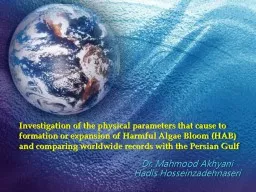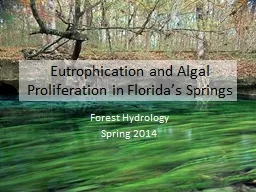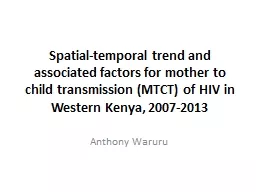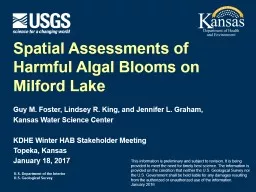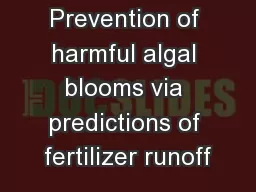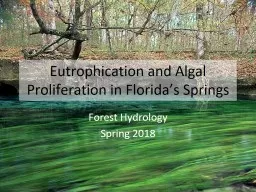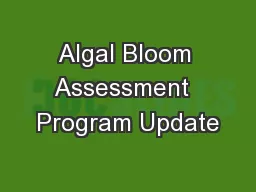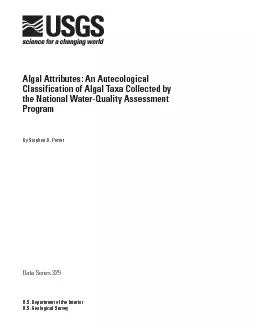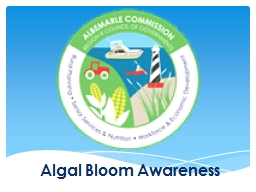PPT-Consideration of Temporal and Spatial Dynamics of Vertically Migrating Harmful Algal Blooms
Author : ideassi | Published Date : 2020-06-25
Steven E Lohrenz University of Southern Mississippi Gary Kirkpatrick Mote Marine Laboratory Oscar Schofield Rutgers University Overview Introduction Application
Presentation Embed Code
Download Presentation
Download Presentation The PPT/PDF document "Consideration of Temporal and Spatial Dy..." is the property of its rightful owner. Permission is granted to download and print the materials on this website for personal, non-commercial use only, and to display it on your personal computer provided you do not modify the materials and that you retain all copyright notices contained in the materials. By downloading content from our website, you accept the terms of this agreement.
Consideration of Temporal and Spatial Dynamics of Vertically Migrating Harmful Algal Blooms: Transcript
Download Rules Of Document
"Consideration of Temporal and Spatial Dynamics of Vertically Migrating Harmful Algal Blooms"The content belongs to its owner. You may download and print it for personal use, without modification, and keep all copyright notices. By downloading, you agree to these terms.
Related Documents

